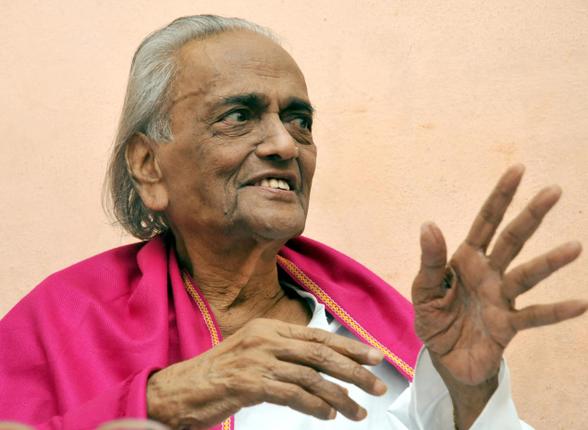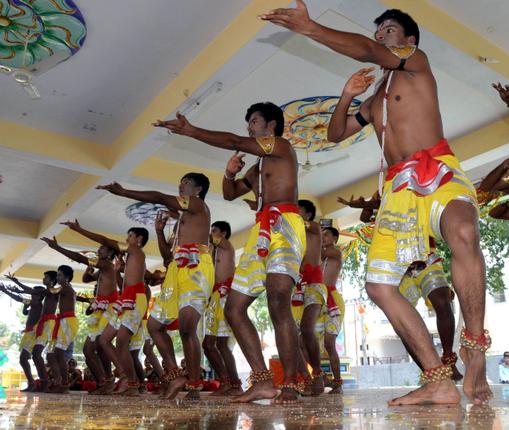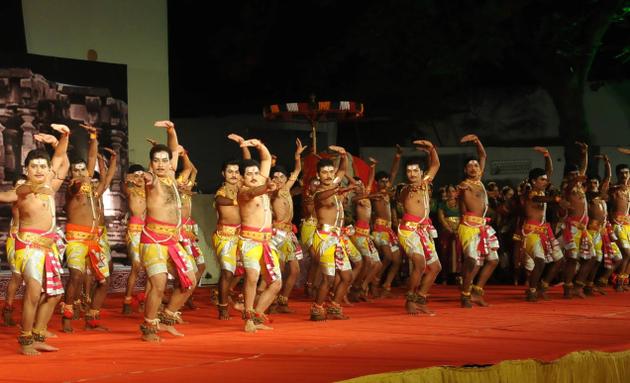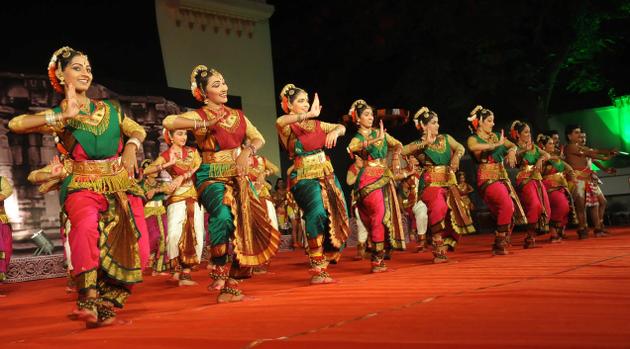The onus now is on the Telangana government to declare ‘Perini’ as the official state dance.
“Andhra has Kuchipudi, Tamil Nadu has Bharatanatyam, Kerala has Kathakali and Mohiniyattam, and states in North and North East too have their own styles, though they are all called Indian dances.
What do we Telanganites have, to represent our culture?” is the question that arose in cultural circles in Telangana.
Until the state was bifurcated, this region was part of Andhra Pradesh and was promoting all forms of art, even north and south.

Padmasree recipient Nataraja Ramakishna developed Tandava dance named ‘Perini’ that originated from the time of Kakatiya dynasty in the 11th century.
The Veera Saiva cult prevalent then and practiced by the rulers, saw the practitioners taking out processions in celebratory mood chanting the name of Lord Siva on festival days.

Perini was born out of it. Jayapasena (chief of elephant brigade of Kakatiya kings) conceptualised nritta based dance and called it ‘Perini’. The word Perini was born out of the word ‘Prerana’, according to Nataraja Ramakrishna who streamlined it some five years ago. Prerana here means ‘encouraging or motivating’the army that was set to go to war.
The focus now is on ‘Perini dance’ reconstructed by Nataraja Ramakrishna as part of his research oriented works for revival of the art.

It is now being felt that the state government should recognise Perini and Lasya styles as official dance of Telangana.
Now the job of projecting a comprehensive picture to Lasya penning compositions rests on Ramakrishna’s disciples like Kalakrishna, who had close proximity to the guru. The general order can start with Nrutta part like other nritta numbers, like Jatiswaram, replacing it with Perini jatis to give it an identity as wholesome number.
Other numbers related to nritya and abhinaya parts of the drama that follow should be specially written by some Telangana poets.

The lasya part of Perini can be traced to the characters like Parvathi, Lord Siva’s consort. Compositions on Vinayaka and Kartikeya both sons of Siva keep the dance connected to Saivam, if one wants to be so. ‘Daksha Yagnam’ is another Siva related number. That can be reshaped a bit to associate it with Kakatiya dynasty.
Even the yakashaganas being presented by Telangana troupes have rich sahitya that can provide scripts for solo numbers that can be conceived into classic presentation. The original texts of Yakshaganas should be tapped into for this purpose.
source: http://www.thehindu.com / The Hindu / Home> Features> Friday Review> Dance / by Gudipudi Srihari / Hyderabad – June 16th, 2016